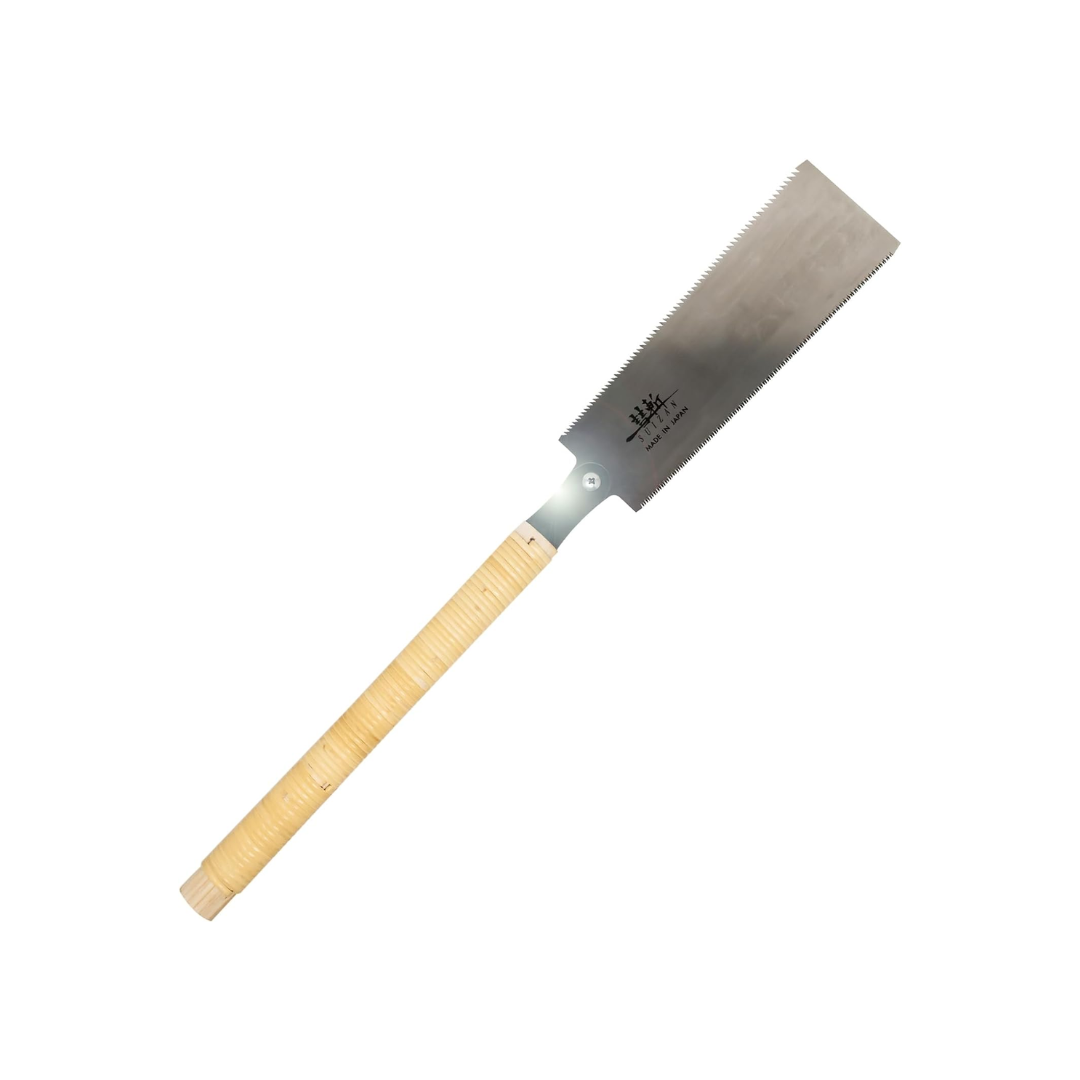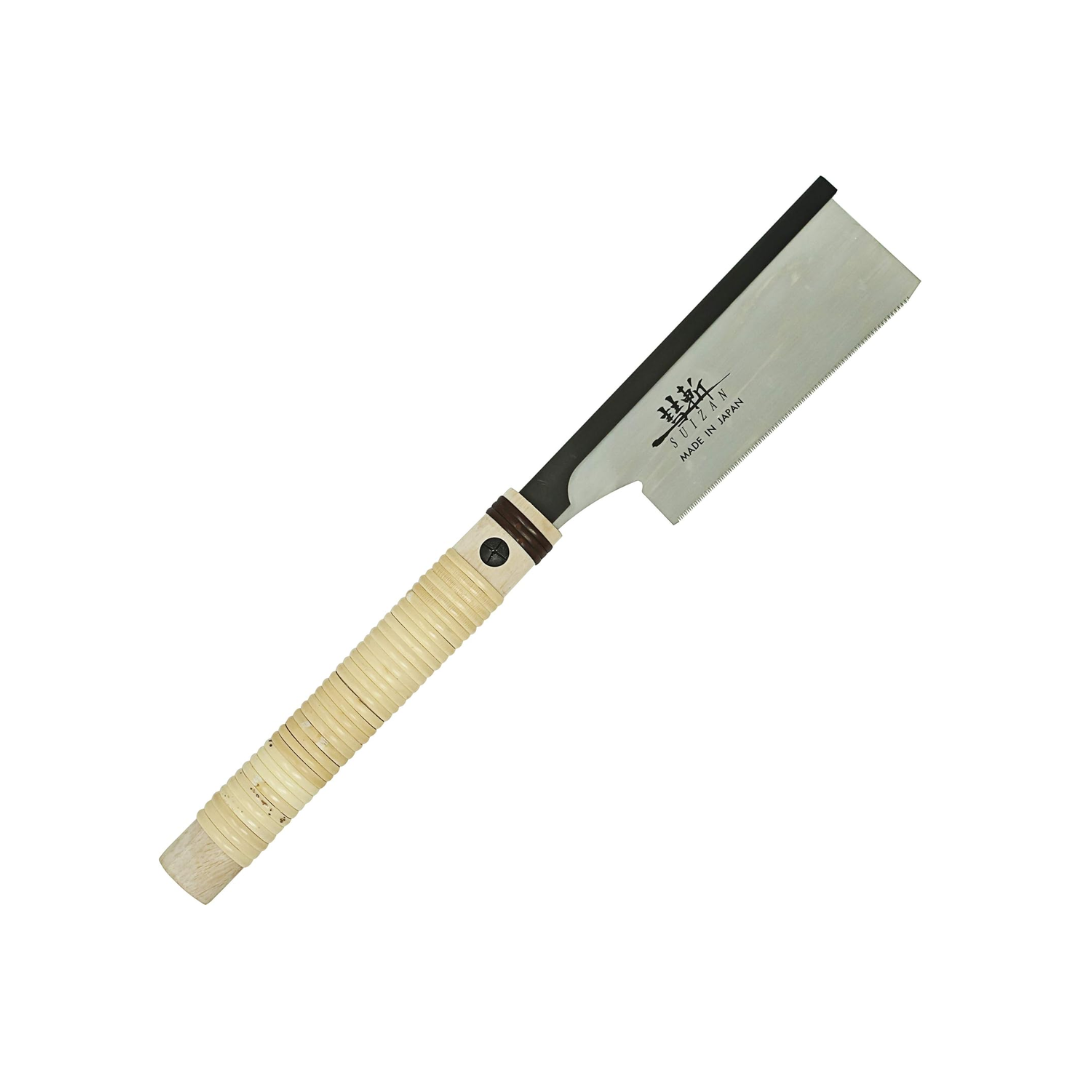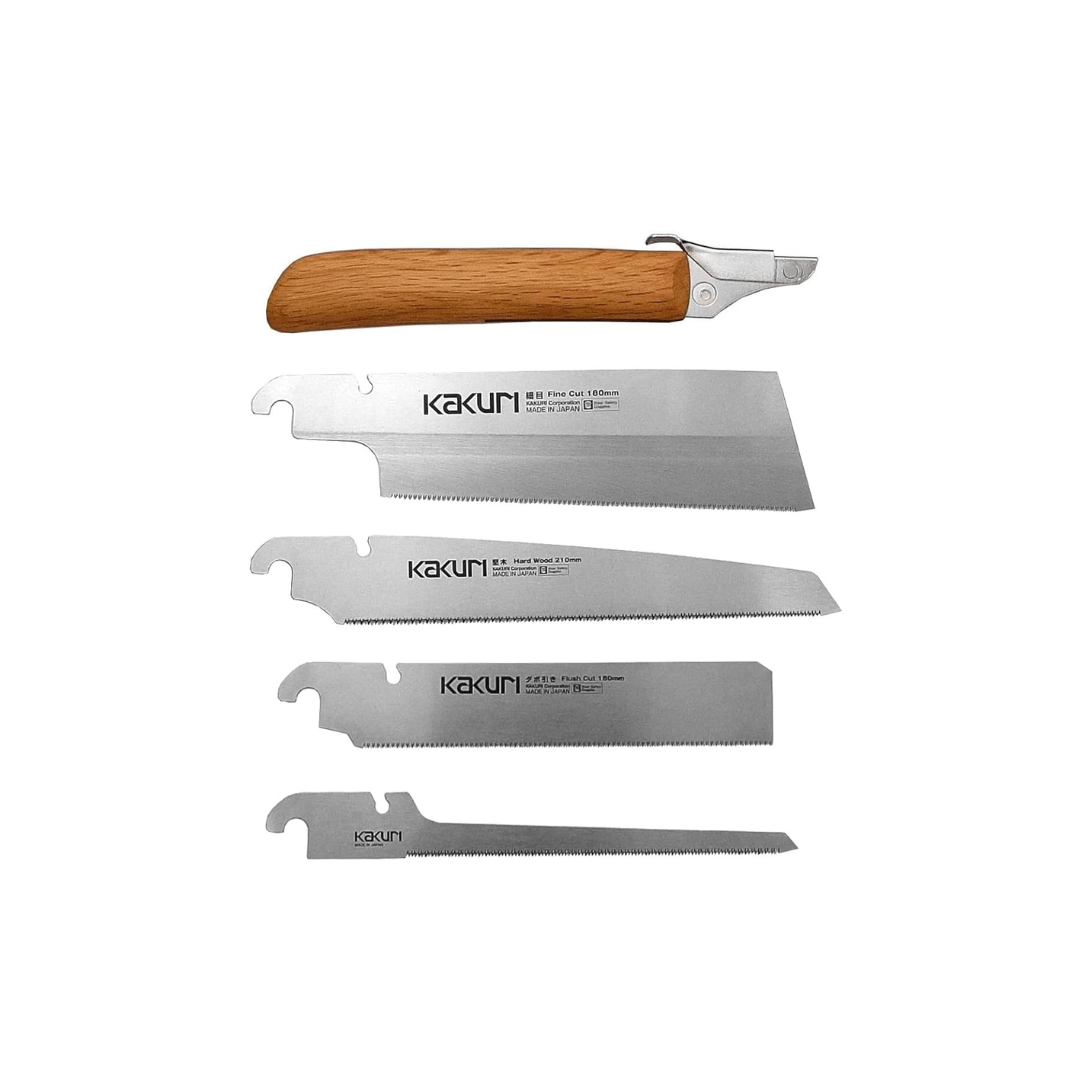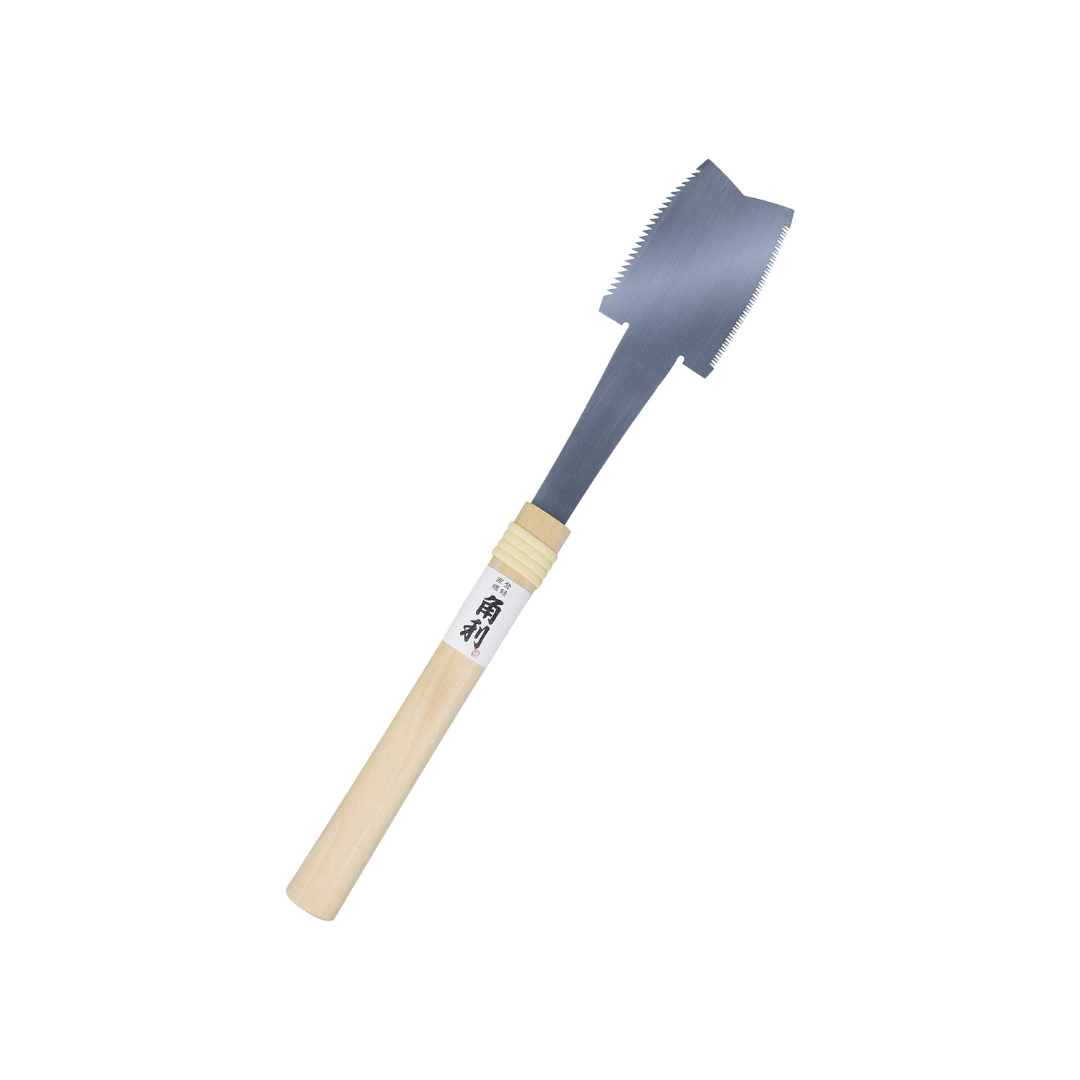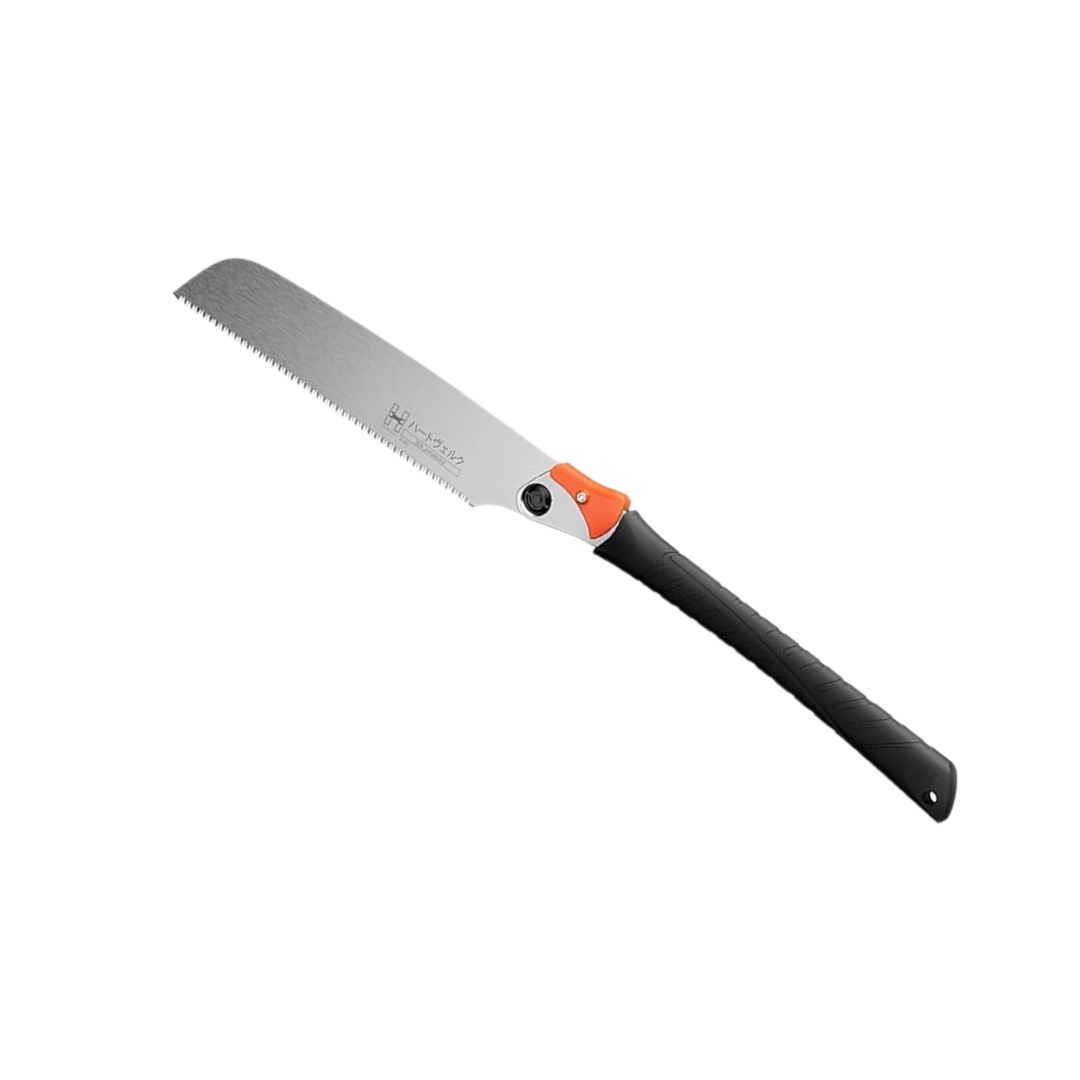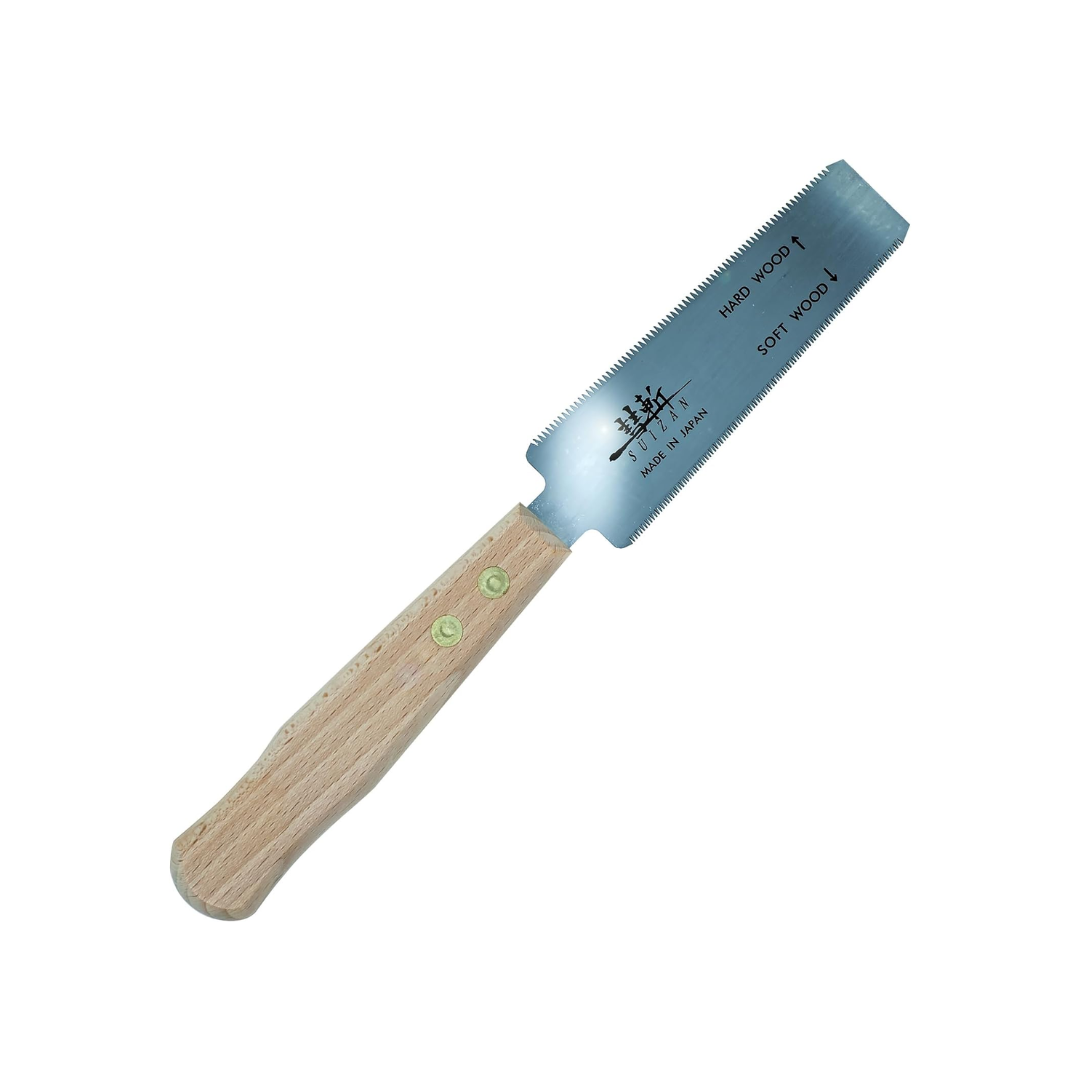Japanese handsaws, also known as pull saws, are popular among woodworkers and DIY enthusiasts for their precision, efficiency, and easy use. These unique tools offer a different approach to cutting wood than other saws, with a design that has been refined over centuries.
In this guide, we explore the history and types of Japanese handsaws and why they’ve become a favorite among craftsmen worldwide.
What Are Japanese Handsaws?
Japanese handsaws, or nokogiri, are cutting tools designed to cut on the pull stroke rather than the push stroke. This fundamental difference in design sets them apart from traditional Western handsaws. Japanese saws typically feature thinner blades with sharper, more precisely set teeth, allowing for cleaner, more accurate cuts with less effort. These saws come in various types, each specialized for different cutting tasks, from rough carpentry to fine joinery work.
This pull action offers several advantages, such as the following:
- It keeps the blade straight and under tension during the cut, allowing for thinner blades.
- It provides better control and precision, as you can guide the saw more easily with your fingertips.
- It requires less effort, making it easier on the user’s arms and shoulders.
Thinner Blades and Narrower Kerfs
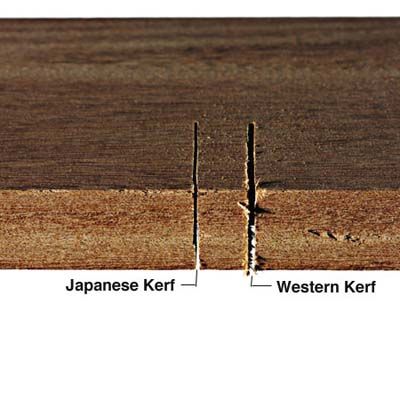
Japanese handsaws also feature much thinner blades than western saws, often up to 75% slimmer. This thinness, combined with the pull-stroke action, has several benefits:
- Narrower kerfs (the width of the cut) mean less wood waste and sawdust
- Less resistance when cutting, requiring less physical effort from the user
- More precise cuts, which are especially important in fine woodworking and joinery
Precision and Control
The design of Japanese handsaws allows for exceptional precision and control. The thin, flexible blades and sharp, finely set teeth enable woodworkers to make highly accurate cuts with minimal effort. This precision is particularly valuable in tasks such as dovetailing, where accuracy is crucial.
The History of Japanese Handsaws
The development of Japanese handsaws can be traced back to the Edo period (1603–1868) when Japan was largely isolated from the rest of the world. This isolation led to the development of unique tools and techniques, including the pull saw. Over time, Japanese craftsmen refined these tools, creating specialized saws for different woodworking tasks. The design of these saws was influenced by the types of wood available in Japan and the traditional joinery techniques used in Japanese architecture and furniture making.
Types of Japanese Handsaws
Japanese woodworking includes many specialized saws for differing tasks. Each type of saw is designed for specific cutting actions and wood types.
| Product | Best For | Blade Length | Kerf Width | Teeth per Inch | Price |
| KAKURI Japanese Azebiki Hand Saw | Mortises, grooves, and dovetails | 3.5 inches | .03 inches (rip), .04 inches (cross) | 7.3 (rip), 15.3 (cross) | $30.80 |
| SUIZAN Japanese Dozuki Hand Saw | Precise, rigid cuts | 6 inches | .02 inches | 25 | $31.80 |
| HARDTWERK Foldable Kataba Pull Saw | Rough cuts and general carpentry | 9.5 inches | .06 inches | 13 | $19.99 |
| SUIZAN Japanese Kugihiki Hand Saw | Flush cuts and finishing | 5 inches | .01 inches | 17 (hardwood), 25 (soft wood) | $22.80 |
| SUIZAN Japanese Flush Cut Ryoba Saw | Crosscuts, ripcuts, and trimming | 9.5 inches | .03 inches | 9 (rip), 15 (cross) | $44.80 |
| KAKURI Four-Piece Japanese Hand Saw Kit | All-purpose use | N/A | N/A | N/A | $115.80 |
Ryoba Saws
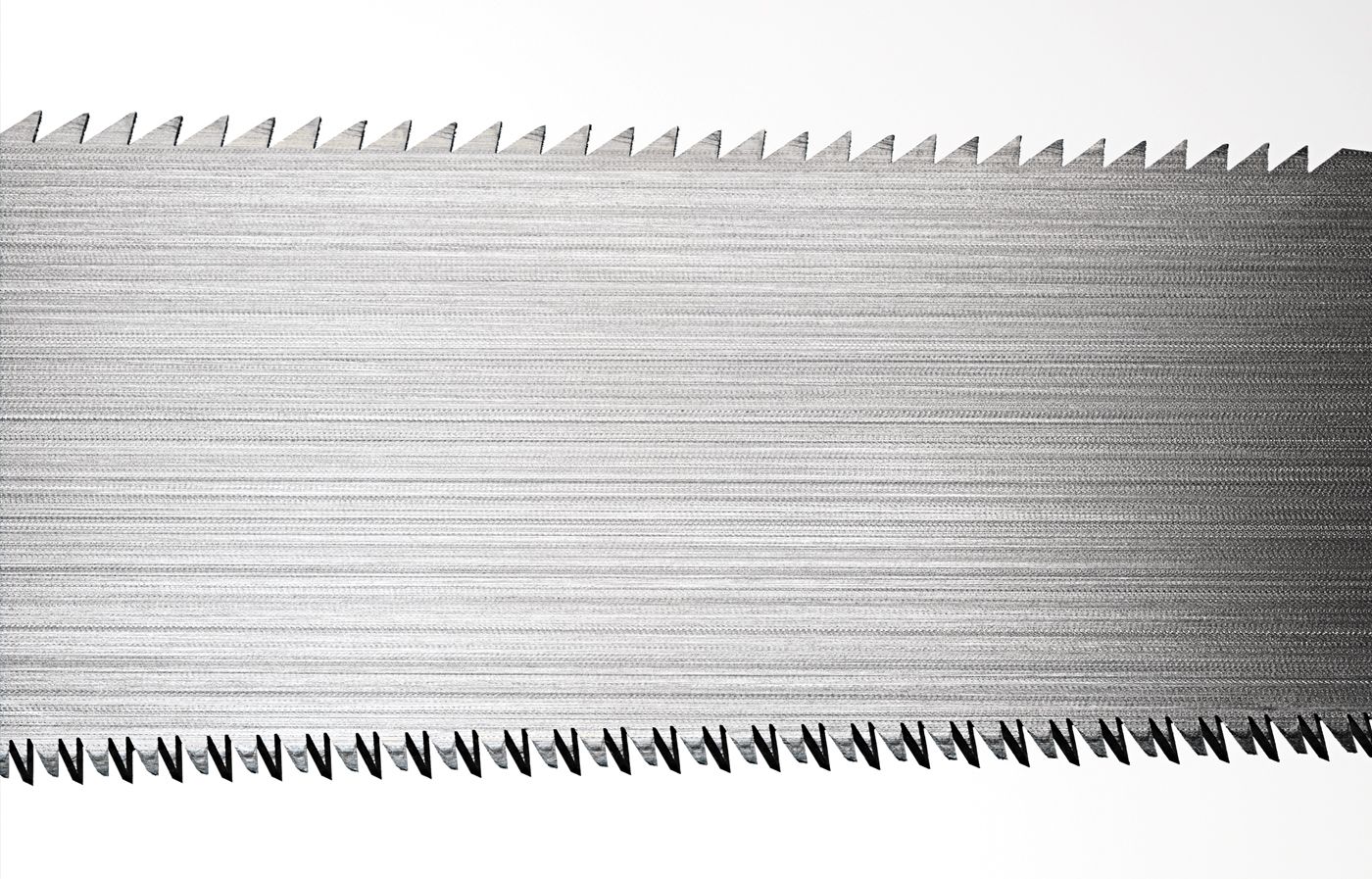
Ryoba saws are versatile double-edged saws with rip teeth on one side and crosscut teeth on the other. This design makes them extremely versatile and popular among woodworkers. The Ryobi can handle both rip cuts (with the grain) and crosscuts (across the grain), making it an excellent all-purpose saw.
Our Recommendation
Dovetail Hand Saws
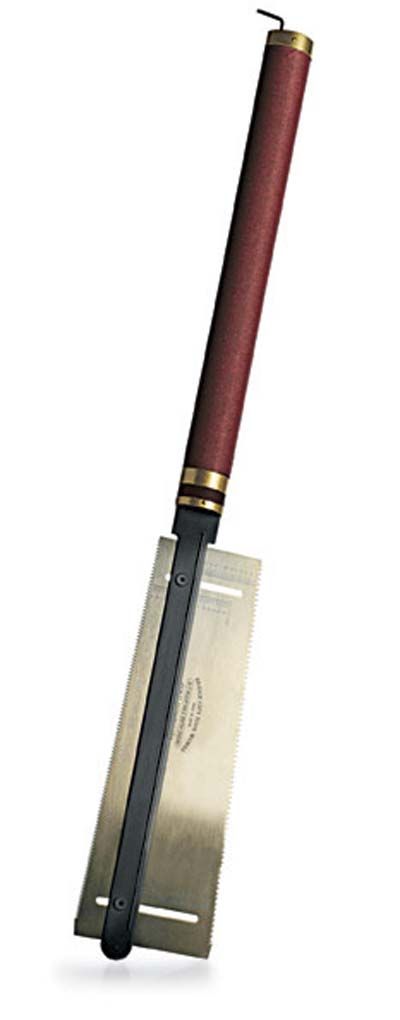
Dovetail pull saws are ideal for jobs that require precise depth control. The adjustable stop, or rib, on a dovetail saw limits the blade’s cutting depth, a useful feature when making dovetails or dadoes. Depth measurements are etched on the blade in 1/2-inch increments.
Our Recommendation
Foldable Crosscut Hand Saws
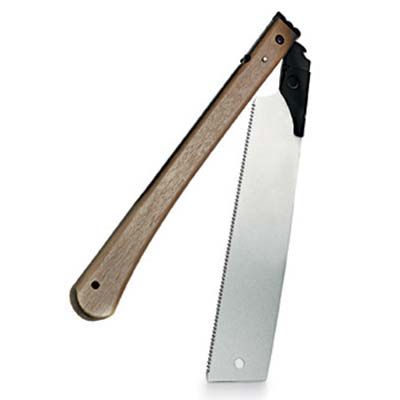
Folding crosscut saws are especially popular because they include a built-in guard for the blade. The teeth of Japanese hand saws are slender and brittle. With folding saws, the single-edged blade tucks into the handle, protecting the saw blade.
Our Recommendation
Dozuki Hand Saws

Dozuki saws are precision cutting tools designed for fine joinery work. They feature a thin blade reinforced with a rigid back, similar to western backsaws. This design allows for extremely precise cuts, making dozuki saws ideal for tasks such as cutting dovetails and tenons.
Our recommendation
Azebiki Hand Saws
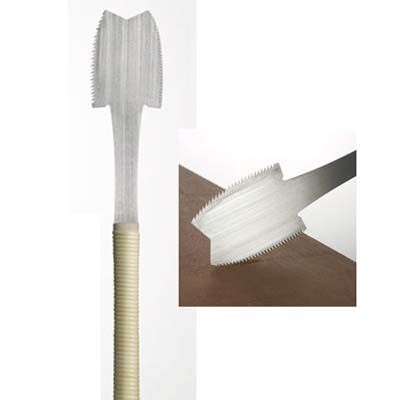
Azebiki saws are specialized tools designed for starting cuts in the middle of a board or panel. They feature a curved blade that allows the user to rock the saw back and forth to initiate a cut without needing to start from an edge. This makes them great for tasks such as cutting mortises or making interior cutouts.
Our Recommendation
Curve Cutter Hand Saws
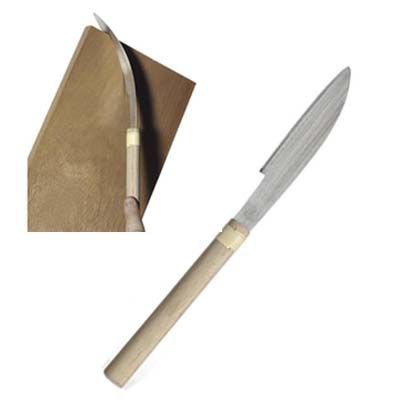
Curve cutter hand saws are popular due to their flexibility and ability to sculpt the wood. The above 3-ounce curve-cutting saw is light as a feather. The maker, Hishiki, hand-tempers the short, white-steel blade to give it enough flexibility to saw gentle curves in thin wood.
Our Recommendation
Kataba Hand Saws
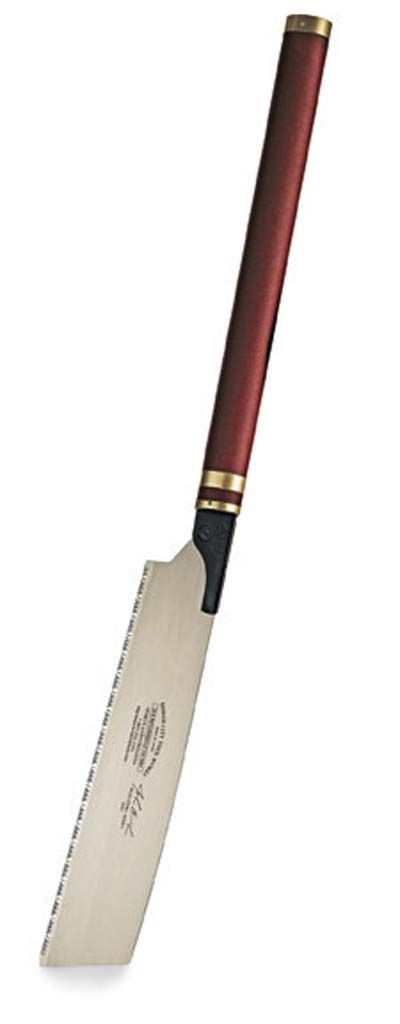
Kataba saws are single-edged saws that come in various sizes and tooth configurations. They’re versatile tools used for general carpentry and woodworking tasks. Some kataba saws feature a unique tooth pattern that includes clearing teeth to remove sawdust from the kerf, allowing for faster cutting.
Our Recommendation
Kugihiki Hand Saws
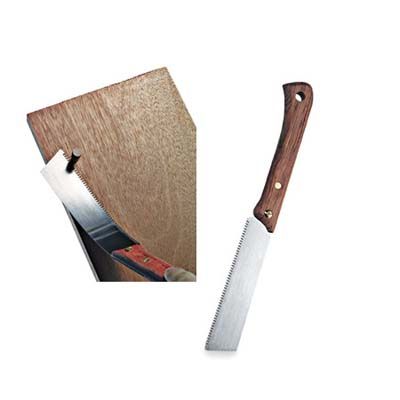
Kugihiki saws, also known as flush-cutting saws, are designed for trimming protruding elements such as dowels or tenons flush with a surface. These saws have extremely thin, flexible blades with no set to the teeth, allowing them to cut extremely close to a surface without marring it.
Our Recommendation
Bent Handle Pull Saws
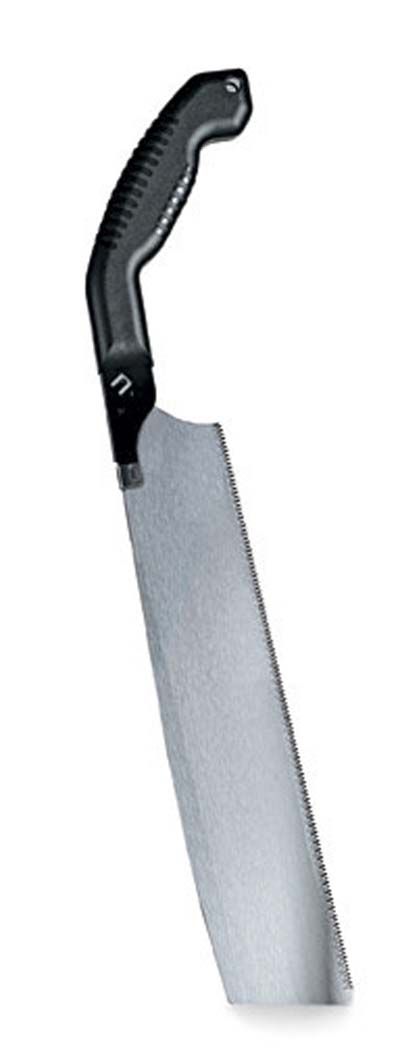
With this pull saw’s compact, pistol-style grip and long (113⁄16-inch) blade, this kataba saw’s bent handle lets you take lengthy, satisfying strokes but is still short enough to fit in a 24-inch-long toolbox.
Our Recommendation
Japanese Handsaw Teeth
The teeth of Japanese handsaws are a key component to their design and performance. Understanding the different types of teeth and their configurations can help you choose the right saw for your project and use it effectively.
Crosscut Teeth
Crosscut teeth are designed to cut across the grain of the wood. They’re characterized by their knife-like shape, with each tooth having three cutting edges. This design allows the teeth to slice through wood fibers cleanly, resulting in smooth, precise cuts across the grain.
Rip Teeth
Rip teeth are designed for cutting along the grain of the wood. They have a more chisel-like shape, with each tooth acting like a tiny chisel to remove wood along the grain. Rip teeth are typically larger and more widely spaced than crosscut teeth.
Teeth Per Inch (TPI)
The number of teeth per inch (TPI) is an important factor in a saw’s performance. Generally, saws with higher TPI produce smoother cuts but cut more slowly, while saws with lower TPI cut faster but leave a rougher finish. Japanese saws typically have a higher TPI than western saws, contributing to their ability to make fine, precise cuts.
How To Use a Japanese Handsaw
Using a Japanese handsaw effectively requires a different technique than using a western saw.
Proper Grip and Stance
Hold the saw with a light grip, using your index finger to guide the blade. Stand with your feet shoulder-width apart, with the workpiece at a comfortable height. Position yourself so that you can see your cut line clearly.
Cutting Techniques
To start a cut, place the saw teeth on the cut line and draw the saw toward you with light pressure. Use the entire length of the blade for efficiency. Let the saw do the work—don’t apply excessive downward pressure. For precision cuts, use shorter strokes near the start and end of the cut.
Maintenance and Care
Keep your saw clean and dry to prevent rust. Store it in a protective case or with a blade cover to protect the teeth. Avoid using the saw on materials it’s not designed for, such as plywood or wood with knots, as these can damage the delicate teeth.
Japanese Handsaw Applications in Woodworking
Japanese handsaws are great for various woodworking applications, particularly those requiring precision and finesse. Below are some common uses.
Joinery
Japanese saws are particularly well-suited for cutting joinery, such as dovetails, tenons, and lap joints. The thin kerf and precise control allow for tight-fitting joints. Dozuki saws, with their thin blades and fine teeth, are especially popular for this type of work.
Flush Cutting
Kugihiki saws are designed specifically for flush cutting, making them ideal for trimming dowels, tenons, or plugs flush with a surface. Their flexible, toothless backs allow them to cut extremely close to a surface without causing damage.
Precision Cuts
The thin blades and sharp teeth of Japanese saws make them excellent for any task requiring precise, clean cuts. This includes cutting small parts, making delicate cuts in thin stock, or following intricate cut lines.
Choosing the Right Japanese Handsaw
You may need a certain Japanese handsaw depending on your project. Consider the following factors when choosing one:
- Type of cut (rip, crosscut, or both)
- Material you’ll be cutting
- Level of precision required
- Your experience level with Japanese saws
- Budget
Recommended Brands and Models
Some reputable Japanese handsaw brands include Suizan, Gyokucho, and Dozuki. For beginners, a versatile ryoba saw is often a good starting point. For more specialized work, consider adding a dozuki for fine joinery or a kugihiki for flush cutting.
Tips for Maintaining and Sharpening Japanese Handsaws
Proper maintenance will keep your Japanese handsaws in top condition. Here are some best practices.
Cleaning and Storage
After each use, wipe the blade clean with a dry cloth. For storage, apply a light coat of camellia oil or another rust-preventive oil. Store the saw in a dry place, preferably in a protective case or with a blade cover.
When To Replace Blades
Unlike western saws, most Japanese saws have replaceable blades. Replace the blade when it becomes dull or damaged. Signs of a dull blade include increased effort required to cut and rougher cut surfaces.
Sharpening Techniques (If Applicable)
While it’s possible to sharpen Japanese saw blades, it’s a highly skilled task that requires specialized tools and techniques. For most users, it’s more practical to replace the blade when it becomes dull. However, if you’re interested in learning to sharpen your saws, consider taking a class or seeking guidance from an experienced woodworker.
Our Conclusion
Japanese handsaws’s precision and versatility make them valuable additions to any woodworker’s toolkit. As with any tool, the key to success is in understanding the saw’s design, choosing the right type for each task, and practicing proper technique. With time and experience, you’ll likely find that these elegant tools provide an unmatched cutting experience and help you achieve professional-level results in your projects.
